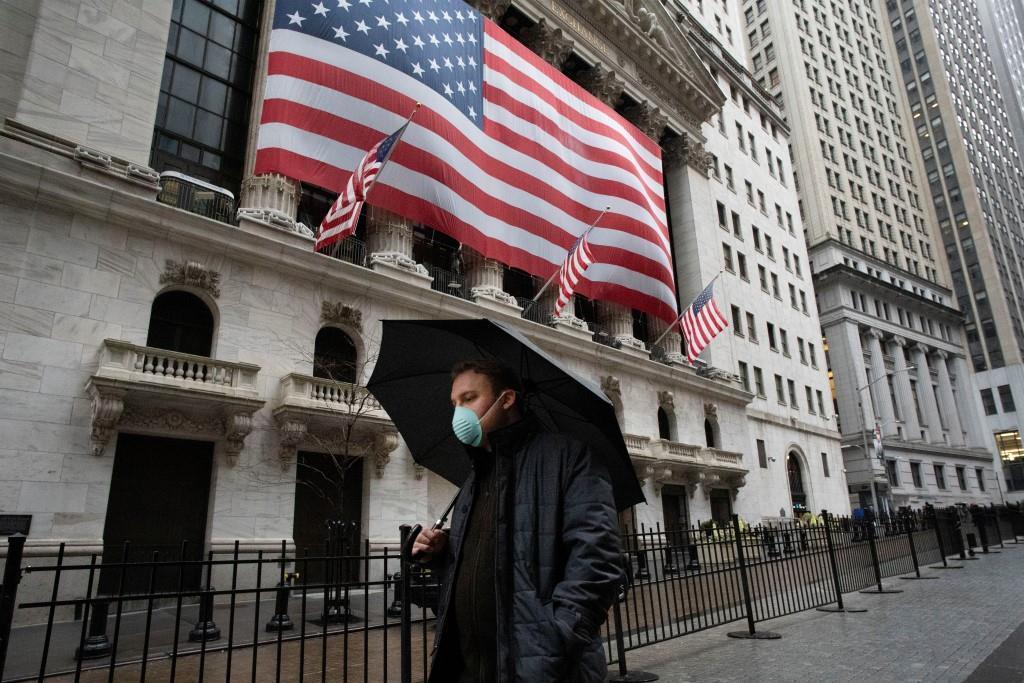

Young adults have experienced a number of pandemic-related consequences – such as closures of universities, transitioning to remote work, and loss of income or employment – that may contribute to poor mental health. Additionally, young adults in college settings may encounter increased difficulty accessing treatment. Job loss and unemployment – which have long been associated with adverse mental health outcomes – increased substantially early on in the pandemic.įifty percent of young adults (ages 18-24) reported anxiety and depression symptoms in 2023, making them more likely than older adults to experience mental health symptoms (Figure 2). 1 Throughout the pandemic, symptoms of anxiety and depression have been more pronounced among several populations.įor example, individuals experiencing household job loss were more likely than their counterparts to report symptoms of anxiety and/or depression (53% vs. Research suggests that these symptoms increased during the pandemic, but the extent of this increase is unclear. The pandemic was associated with a high prevalence of anxiety and depression symptoms in adults. Prevalence of Mental Illness and Substance Use During the Pandemic Anxiety and depression As the public health emergency declaration comes to an end, it is possible that some of these changes will be interrupted. Several changes have been implemented in the delivery of mental health and substance use services since the onset of the pandemic, including the utilization of telehealth, steps to improve access to treatment for opioid use disorders, expansion of school-based mental health care, and the rollout of the 988 crisis line.Additionally, self-harm and suicidal ideation has increased faster among adolescent females compared to their male peers. From 2019 to 2021, many communities of color experienced a larger growth in suicide death rates compared to their White counterparts. After briefly decreasing, suicide deaths are on the rise again as of 2021.Alcohol-induced death rates increased substantially during the pandemic, with rates increasing the fastest among people of color and people living in rural areas.Drug overdose death rates are highest among American Indian and Alaska Native people and Black people. Deaths due to drug overdose increased sharply across the total population coinciding with the pandemic – and more than doubled among adolescents.

Adolescent females have also experienced increased feelings of hopelessness and sadness compared to their male peers. Symptoms of anxiety and depression increased during the pandemic and are more pronounced among individuals experiencing household job loss, young adults, and women.We analyze and present findings using the most recent data available at the time of this publication – including the Household Pulse Survey and the CDC WONDER database. We highlight populations that were more likely to experience worse mental health and substance use outcomes during the pandemic and discuss some innovations in the delivery of services. This brief explores mental health and substance use during, and prior to, the COVID-19 pandemic. As the end of the declaration of the public health emergency nears – on – many people continue to grapple with worsened mental health and well-being and face barriers to care. These negative mental health and substance use outcomes have disproportionately affected some populations, particularly communities of color and youth. Additionally, drug overdose deaths have sharply increased – largely due to fentanyl – and after a brief period of decline, suicide deaths are once again on the rise. Over the course of the pandemic, many adults reported symptoms consistent with anxiety and depression, with approximately four in ten adults reporting these symptoms by early 2021, before declining to approximately three in ten adults as the pandemic continued (Figure 1). The pandemic has affected the public’s mental health and well-being in a variety of ways, including through isolation and loneliness, job loss and financial instability, and illness and grief. adults believing that the country is facing a mental health crisis, according to a recent KFF/CNN survey. Note: This brief was updated on Mato incorporate the latest available data.Ĭoncerns about mental health and substance use remain elevated three years after the onset of the COVID-19 pandemic, with 90% of U.S.


 0 kommentar(er)
0 kommentar(er)
